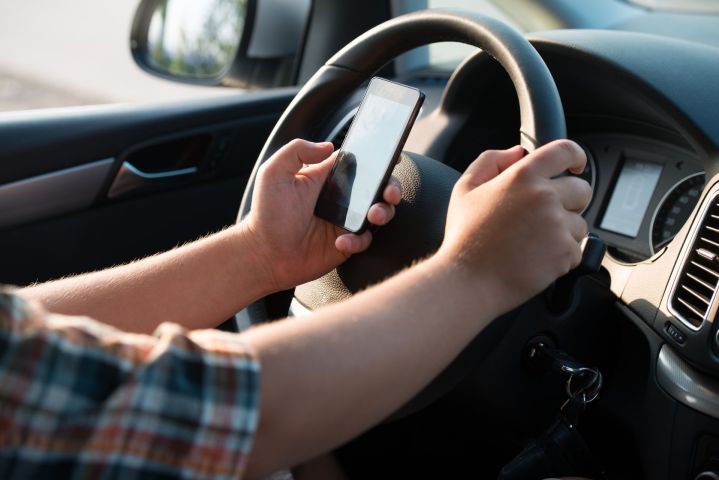
“Distracted driving is one of the major causes of car crashes around the world and North America in particular,” Fakhri Karray, an electrical and computer engineering professor at Waterloo, told Digital Trends. “In this work, an artificial intelligence-based system is investigated for driver distraction detection. A full prototype [with both] software and hardware has been designed, implemented and tested, based on the latest tools of deep learning AI and computer vision. The work is motivated by its performance in designing next generation self-driving cars, and by alerting in real time a driver of the imminent danger of his or her action when undergoing text messaging, drinking, reaching objects at the back or side seats, calling on the phone, or operating a radio, [air conditioning unit], or other devices on the dashboard.”
The smart camera setup detects hand movements which deviate from normal driving behavior (i.e. hands on the wheel) and then classifies them according to their potential threat level. In addition to this, it takes into account the length of particular actions and information about the surrounding vehicles — meaning that texting on a busy highway would be ranked considerably higher in the danger stakes than, for example, turning on your air conditioning on a quiet country road. The system can then be used to trigger protective measures, which might range from warning the driver about his or her behavior to, in a car with self-driving features, temporarily taking control of the vehicle.
“ This is an integral part of a larger project on driver behavior recognition and driver action prediction for the design of next generation cognitive Advanced Drivers Assisting Systems,” Karray said. “This should contribute to the design of next generation systems to be implemented in level three or level four self-driving vehicles.”
Given that distracted drivers are reportedly to blame for up to 75 percent of traffic accidents worldwide, technology such as this could be a major benefit — not just for the drivers of these vehicles, but for everyone on the road. It’s not every day that AI could help save lives!
Editors' Recommendations
- Waymo robotaxi attacked and set on fire in San Francisco
- Cruise woes prompt production halt of fully driverless van
- Dubai Police to deploy driverless patrol cars with AI smarts
- Cruise autonomous vehicle drives over woman just after she was hit by another car
- Cruise says it’s nearing approval for mass production of futuristic robotaxi

